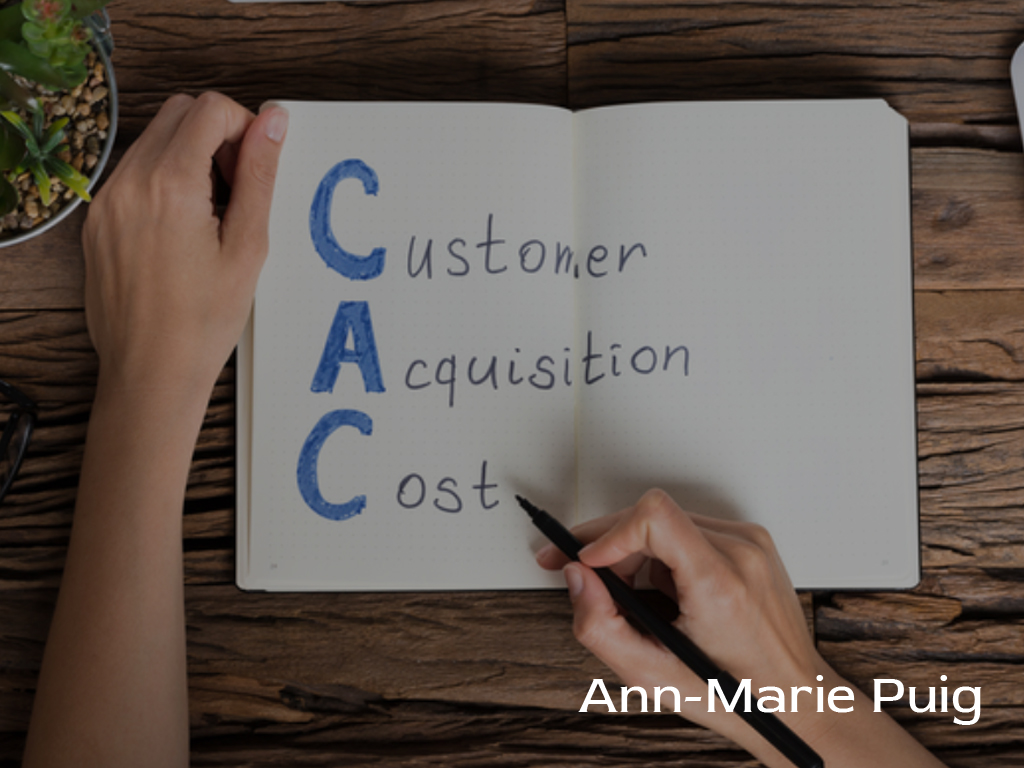Numbers are a concern for all businesses, especially when they start to add expenses. There are many investments, in addition to expenses. The acquisition cost per customer is one example of such an investment. This concept helps us understand which recruitment strategy is most effective and how to price our products and services. Ann Marie Puig is a global business consultant, and provides a detailed overview of how to calculate customer acquisition costs.
Attracting new customers is more costly than keeping those you have. It is a good idea to have loyalty programs in every company. This will allow you to offset the loss by investing in the other.
These are just a few reasons why companies need to know how much they have invested. Information is power, and in this case it is a resource that can help you define your ideal customer and determine the success rate of a campaign. It also helps you identify the most profitable channels.
Without taking into consideration the customer’s life cycle, all of this would be impossible. This concept is very similar to what we’ve been discussing. It directly affects the calculation of customer acquisition costs.
The customer acquisition cost (CAC) is the sum of all the money a company spends to attract customers, divided by the amount that was actually obtained. According to Puig, “These amounts should include the salaries of employees, payrolls for external hires, advertising costs, and implement tools as well as supplies that are needed to capture leads and convert them into customers.”
Customers who purchase once from a business often return to it again and again. This can last for many months or even years. The customer’s lifecycle is the amount of revenue that the customer generates over the period they rely on the company. Each stage of a concept is different.
First, you must acquire potential customers. Here is where more effort is required and where the investment described in the acquisition cost formula should be made.
Converting leads into customers is the final phase; this is how you make sales. This phase requires a similar investment to the one before: retargeting, emailing software and human resources to implement strategies.
After closing sales and obtaining customers, the next phase of growth is to maintain the relationship between brand owner and user, strengthen it, and launch new products and services via cross-selling or up-selling strategies.
This phase does not see as much investment in advertising as the previous phases. There will, however, be an investment in strategies via email marketing and/or telemarketing.
Next is to look at loyalty. It is important that companies retain customers after all the investments they have made. This will ensure that they don’t leave the company and add more value. It is important to implement loyalty programs such as discounts, gifts, and exclusive products. Puig adds, “The largest expense is on personnel and tools.”
You must take steps to reactivate customers who have purchased but not again. This strategy is more cost-effective than buying it. However, as with everything, there should be balance and follow the metrics.
The company receives benefits from each client if the difference between the total investment made in each stage of a client’s life cycle and the income generated is less than the sum of all the investments. These benefits are crucial in calculating the lifecycle value. This is done by multiplying profit by the number transactions and the number of years the client is still in activity.




